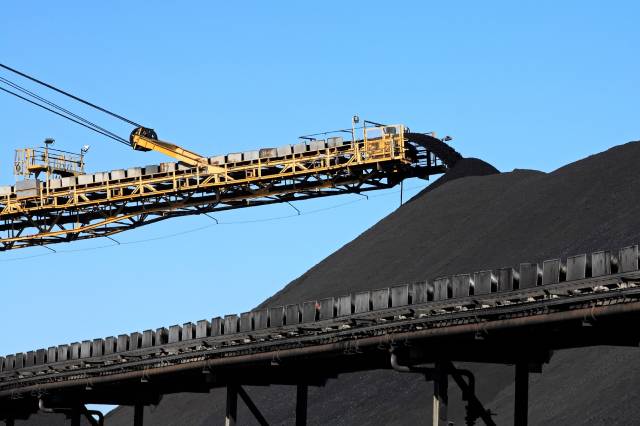Food waste: a growing Australian problem
What’s the problem?
While much of the global population goes to bed hungry, around a third of all the food that is produced around the world is either lost or wasted each year.1 That’s 1.3 billion tonnes of perfectly edible food squandered annually.
Food is wasted at every point in the supply chain. Around 14 percent of the world’s food (valued at $400 billion per year2) is lost after it is harvested and before it reaches retail. A further 17 percent3 - 931 million tonnes of food - ends up being wasted in retail and by consumers.
In developed nations like Australia, 40 per cent of losses happen at retail and consumer levels. Much of this food waste takes place in households.
Given the scale of the problem, cutting global food waste in half by 2030 is one of the UN's Sustainable Development Goals.
How does food waste impact climate change?
World hunger aside, the environmental implications of mass food production and, consequently, food waste are devastating. Many resources are needed to produce food- land, water and energy - and greenhouse gases accumulate throughout the supply chain.
And when food ends up in landfill to rot, it produces methane – a potent greenhouse gas.
The Food and Agriculture Organisation (FAO) estimates 8-10% of global greenhouse emissions results from producing food that never makes it to the plate.4
Why are we throwing food away?
As a general trend, developing countries suffer more food losses during the production stages, and in middle and high-income regions, food waste is higher at the retail and consumer stages.
A combination of consumer behaviour and lack of communication in the supply chain underlies the higher levels of food waste in affluent societies.
For example, FoodWise estimates 20% to 40%5 of fruit and vegetables are rejected before they reach supermarket shelves. This is due stringent regulations on how food looks – a consequence of our unrealistic aesthetic expectations as consumers. Vegetables are frequently left to rot in the field then ploughed straight back into the ground.
Food labelling is another issue contributing to waste. Confusion about sell-by dates and overzealous labelling by brands and supermarkets often means perfectly edible food is discarded long before it’s actually out of date.
What can you do at home to reduce waste?
In high income countries like Australia, households have the potential to make a significant difference.
There are several simple things we can do to reduce the amount of food we send to landfill every year.
- Write a shopping list based on a weekly meal plan.
- Store food correctly. This useful guide will show you how to increase the shelf life of a huge number of products.
- Reuse leftovers for lunch or as the basis for another meal.
- Check out FoodWise’s Cheat Sheets on shopping and storage.
- Read the UN Food and Agriculture Organisation (FAO)’s 15 quick tips for reducing food waste.



